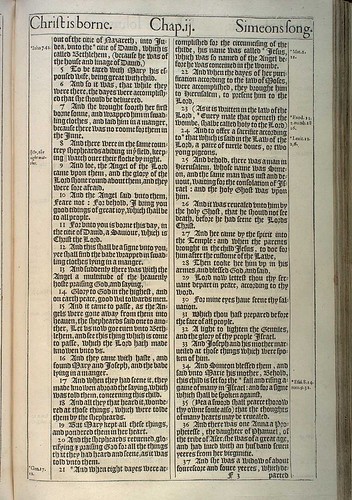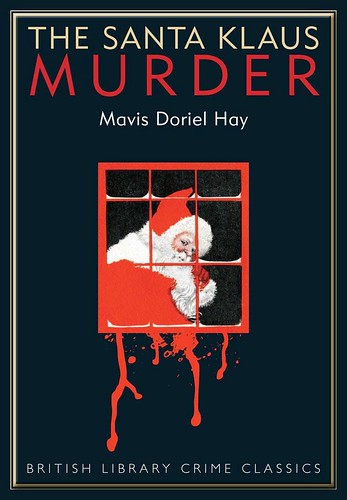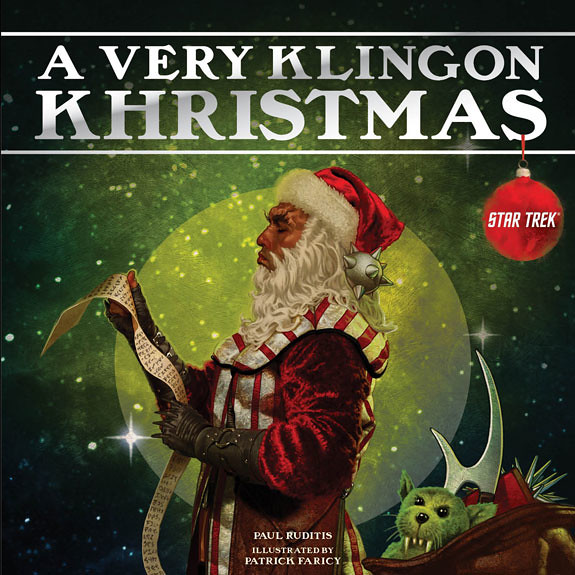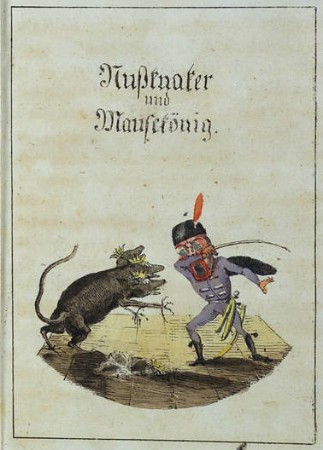
The poem was first published anonymously in on December 23,
1823; this manuscript belongs to the New York Historical Society.
Perhaps the most famous opening and closing lines in all of Christmas literature (and yes, I
am including the Bible excerpt in that) come from an American poem by Clement Clarke Moore, written in 1823. Moore was a serious man with a serious reputation, and did not originally acknowledge the poem as his (it was not quite on par with his Bible studies and his Hebrew lexicon); but he seems to have changed his mind later.
I suspect, however, that these days most people, certainly this side of the pond, learn of the poem first through the parodies that reference it. It has a very simple rhyme scheme (rhyming couplets, if you are interested in the names of things) and the metre (anapaestic tetrametre, to be specific,
which you also saw in the Grinch -- I wonder why) is more bouncy (even galloping?) and distinctive than the more pedestrian iambic pentameter of Shakespeare. There is a
Lovecraftian parody (what is it with Lovecraft and Christmas?), a
Batman one, a
Star Trek one (actually, there are a lot of those), and so on.
It goes on forever. And that is not even counting all the texts that only reference parts of the original poem. It is worth looking at where all those parodies come from: Ad Fontes!
'Twas the night before Christmas, when all thro' the house
Not a creature was stirring ...








« ‹ › »